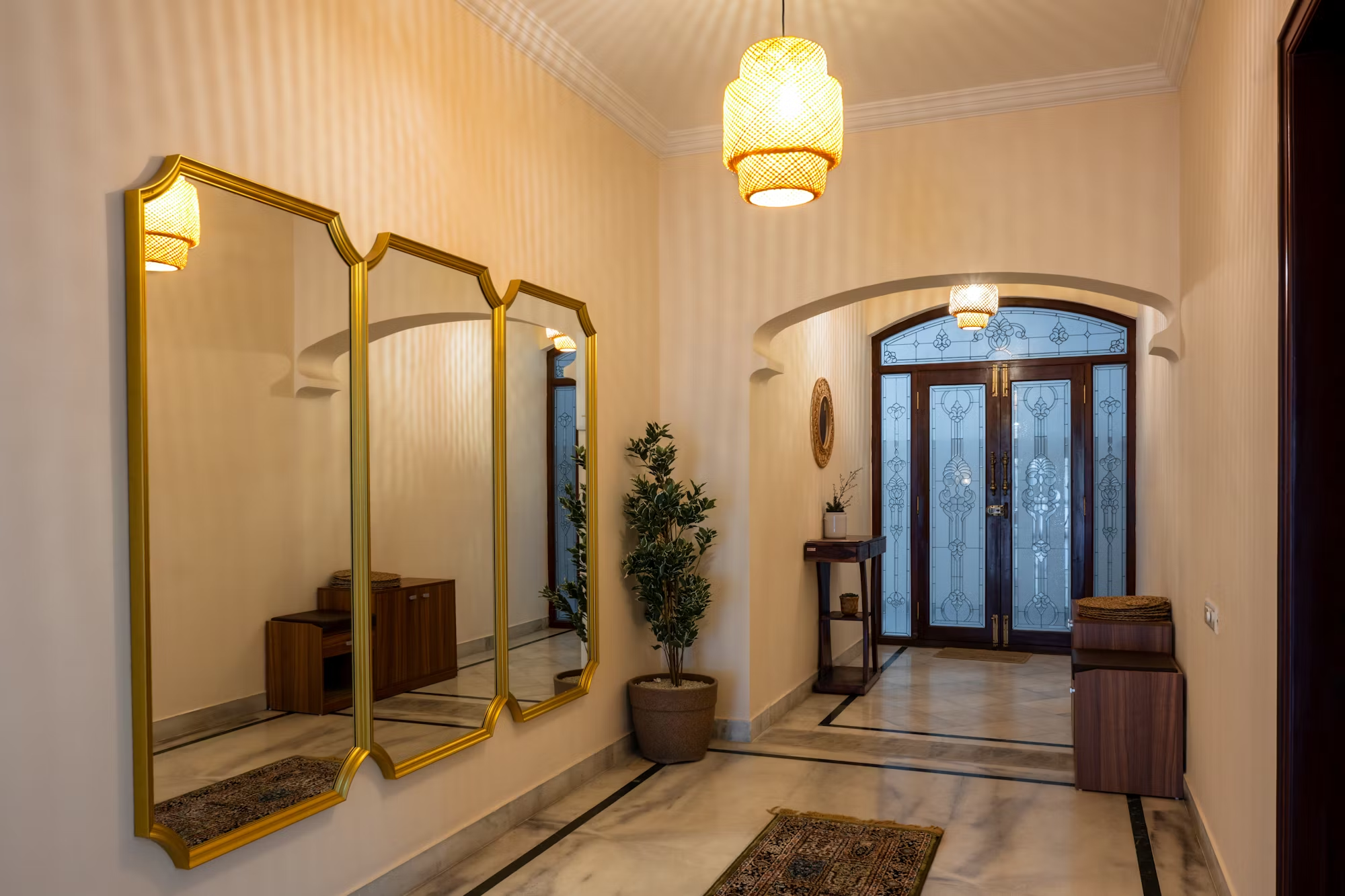As remote work becomes increasingly prevalent, the need for a dedicated home office has never been more important. A well-designed workspace not only enhances productivity but also promotes comfort and well-being during long hours of work. This article offers practical tips and creative ideas for creating a functional and stylish home office that meets the demands of today’s remote workers.
The first step in establishing a home office is choosing the right location. Ideally, select a space that minimizes distractions and allows for focused work. If possible, designate a separate room as your office, as this helps create a clear boundary between work and personal life. If space is limited, consider transforming a corner of your living room or bedroom into a workspace. The key is to find an area that feels distinct and dedicated to your work tasks.
Once you’ve chosen a location, assess your needs in terms of furniture and equipment. A comfortable chair is essential for long hours of sitting, so invest in an ergonomic option that supports good posture. Pair this with a desk that fits your workflow. Whether you prefer a traditional desk or a sit-stand option that allows for movement, ensure that it accommodates your computer, documents, and any other essentials you use regularly. A clutter-free workspace fosters focus, so consider adding storage solutions such as shelves, filing cabinets, or stylish boxes to keep your office organized.
Lighting is another critical factor in creating an inviting home office. Ideally, your workspace should have ample natural light, which can boost mood and energy levels. Position your desk near a window, but be mindful of glare on your screen. Complement natural light with layered lighting options, including overhead fixtures, desk lamps, and floor lamps. Adjustable lighting allows you to create the right ambiance for different tasks, whether it’s a bright light for focused work or a softer glow for casual reading.
Incorporating personal touches can enhance your home office and make it a space where you enjoy spending time. Decorate your workspace with items that inspire you, such as artwork, plants, or motivational quotes. Adding greenery not only brightens the environment but also improves air quality and creates a calming atmosphere. If you have a favorite piece of art or a photo that brings you joy, display it prominently in your office to create a personal connection to the space.
Technology plays a vital role in remote work, so ensure that your home office is equipped with the necessary tools. A reliable internet connection is crucial for video calls and online collaboration, so consider upgrading your router if needed. Invest in quality headphones or a microphone for clear communication during meetings. Additionally, consider incorporating organizational tools such as a whiteboard or corkboard for keeping track of tasks, deadlines, and ideas. This not only helps you stay organized but also adds a dynamic element to your workspace.
The layout of your home office can significantly impact your productivity. Ensure that everything you need is within arm’s reach to minimize interruptions and distractions. Group related items together, such as stationery, documents, and tech accessories, so you can find what you need quickly. A well-organized desk can also enhance your focus and make it easier to dive into your work each day.
For those who need to switch gears throughout the day, creating designated zones within your office can be beneficial. For instance, you might have a primary desk for focused work, a cozy reading nook for brainstorming, and a small table for meetings or collaborative tasks. This variety not only keeps your workspace engaging but also allows you to adapt to different tasks and moods.
Sound management is often overlooked but can greatly influence your work environment. If you’re in a noisy household, consider using noise-canceling headphones or playing soft background music to help you concentrate. Alternatively, sound-absorbing materials like rugs, curtains, or wall panels can reduce ambient noise and create a more peaceful atmosphere. The goal is to create a workspace that minimizes distractions, allowing you to focus on your tasks more effectively.
When it comes to color, choosing the right palette can significantly impact your mood and productivity. Soft, neutral colors like light gray, beige, or pale blue can create a calming environment, while vibrant hues like yellow or green can energize and inspire creativity. Consider painting an accent wall or incorporating colorful decor to reflect your personality while maintaining a cohesive look. The right color scheme can transform your office from a mundane workspace into a motivating environment.
To further enhance comfort, don’t overlook the importance of temperature control. Ensure that your workspace is well-ventilated and at a comfortable temperature, as this can greatly affect your concentration and overall comfort. If you find that the room gets too hot or cold, consider using a fan or space heater to regulate the temperature according to your preferences.
As you design your home office, remember to prioritize ergonomics. This includes not only your chair and desk but also your computer setup. Position your monitor at eye level to avoid strain on your neck and back. If you use a laptop, consider a stand that elevates it to eye level, along with an external keyboard and mouse for added comfort. Small adjustments to your workstation can lead to significant improvements in your posture and comfort during long hours of work.
Taking breaks is essential for maintaining productivity and preventing burnout. Designate time throughout your day to step away from your desk, stretch, and recharge. Consider setting a timer to remind you to take short breaks, allowing your mind to reset and refocus. This practice not only helps reduce fatigue but also enhances creativity and problem-solving skills, making your work more enjoyable.
Finally, consider the importance of boundaries when working from home. It can be easy to blur the lines between work and personal life, leading to burnout. Establish a routine that includes dedicated work hours and breaks, allowing you to maintain a healthy work-life balance. Communicate these boundaries to family members or housemates, ensuring they understand when you are available and when you need to focus on work tasks.
In conclusion, creating a functional and stylish home office involves thoughtful planning and attention to detail. By selecting the right location, investing in ergonomic furniture, and incorporating personal touches, you can design a workspace that enhances productivity and reflects your unique style. Remember to prioritize organization, lighting, and comfort, while also establishing boundaries to maintain a healthy work-life balance. With these tips, you can transform your home office into a space where you look forward to working, allowing you to thrive in the world of remote work.



